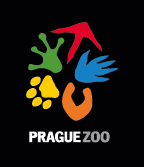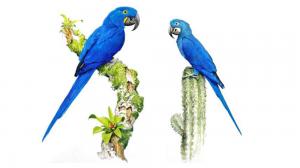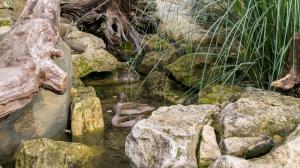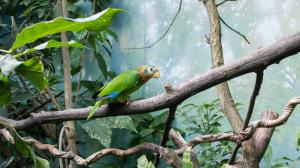The Brazilian caatinga
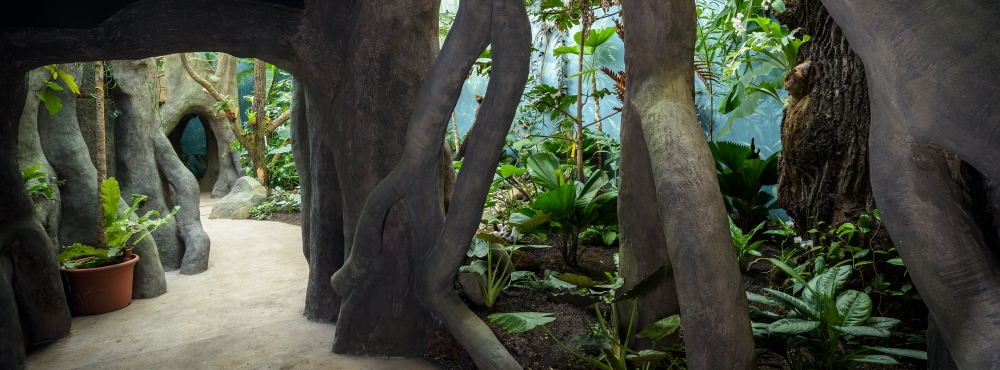
Most of us associate Brazil with the Amazon rainforest. However, the environment in the northeast of the country is completely different. The landscape is dominated by isolated buttes and crisscrossed by deep ravines. The hot, dry climate is exemplified by the cacti and scrubs. This is the caatinga.
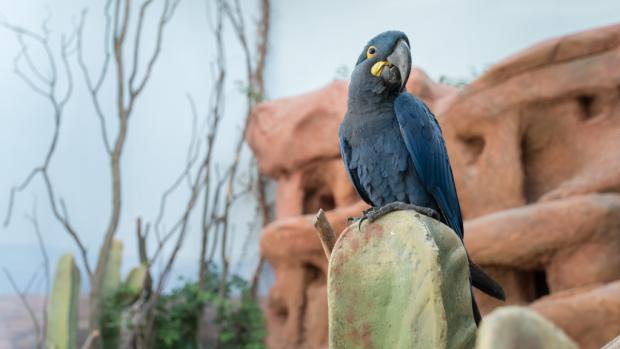 Photo: Petr Hamerník, Prague Zoo
Photo: Petr Hamerník, Prague Zoo
Caatinga means “white forest” in the language of its indigenous people. It spreads out over an area about ten times larger than the Czech Republic – which is just one tenth of the area of Brazil, the fifth largest country in the world. The predominant vegetation is sparse, thorny woodland, which, in some places, becomes deciduous forest or, in contrast, semi-desert.
Almost a third of the flowering species in caatinga (including fifty cacti species) does not occur anywhere else in the world. In the case of birds, this figure is even more significant – the proportion of unique species, not living anywhere else, is one of the highest in South America.
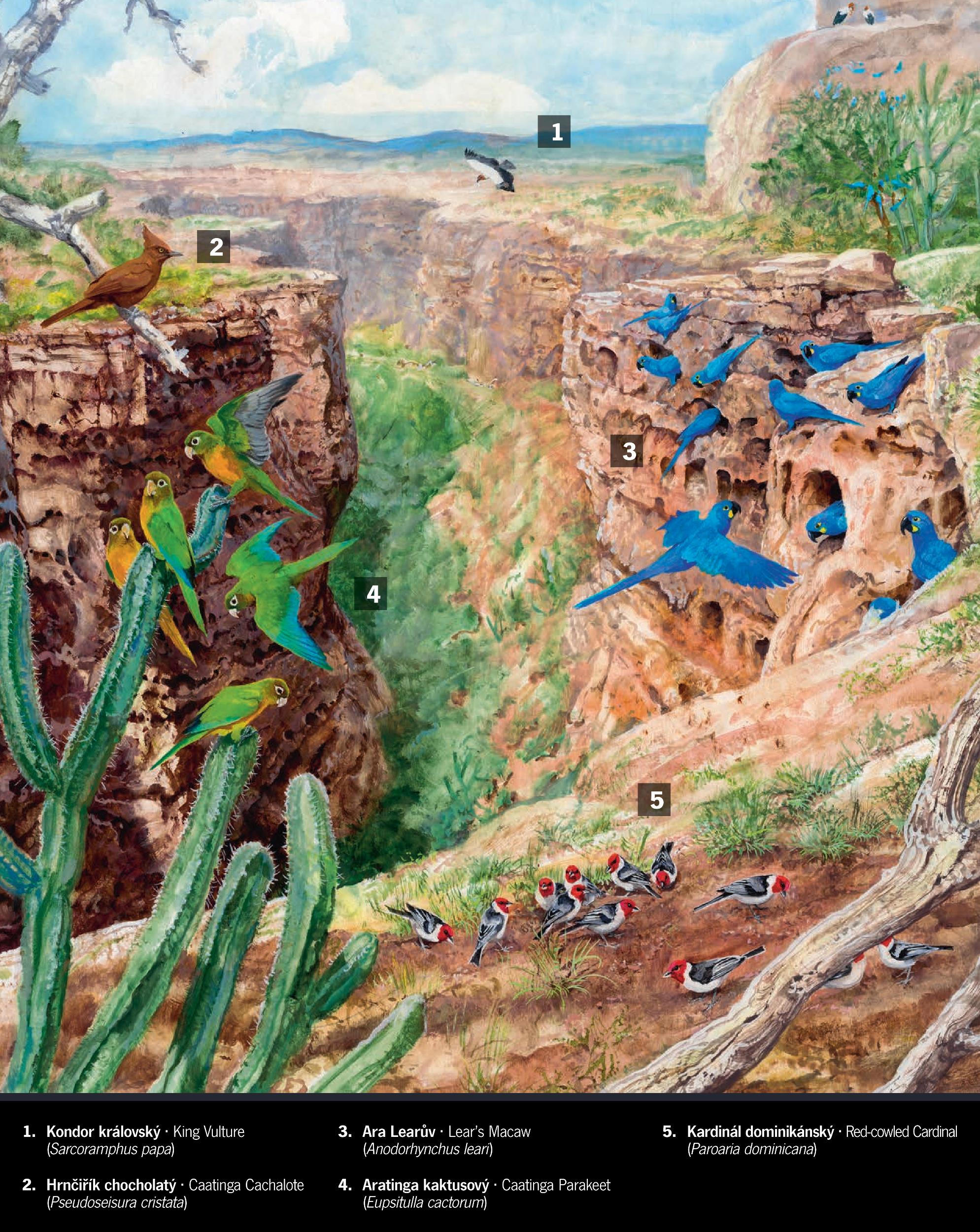
Caatinga is the original and only home of two exceptionally rare blue macaws – Lear’s and Spix’s. The latter was last observed in the wild in 2000 and probably only survives in captivity. Another interesting local endemite is the Caatinga Cacholote, which often weaves material it has found into its large, closed nest; this can include snake skins to razor blades, fragments of plastic or pieces of wire.
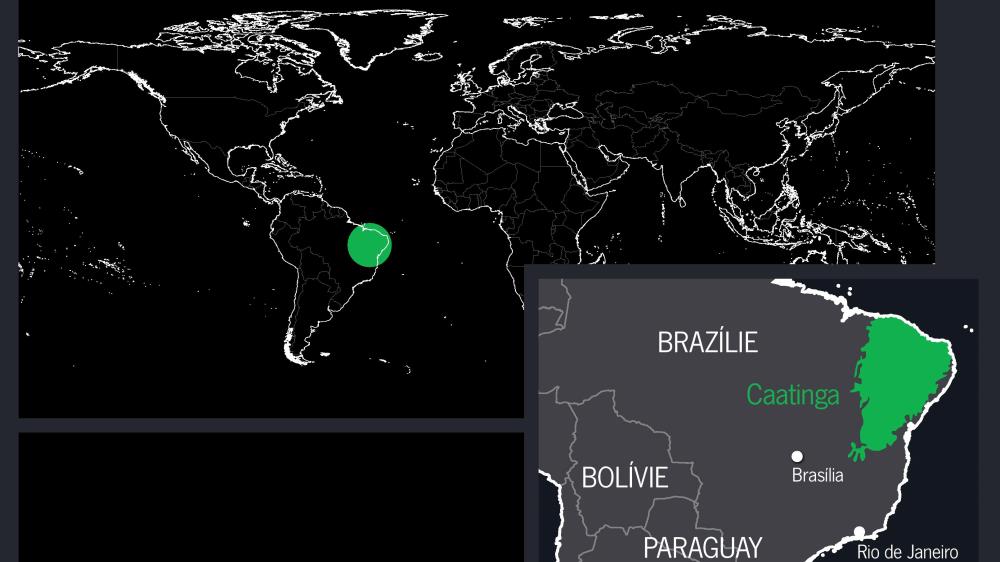
ZOOPRAHA.CZ
Contacts
- The Prague zoological garden
U Trojskeho zamku 120/3
171 00 Praha 7
Phone.: (+420) 296 112 230 (public relations department)
e-mail: zoopraha@zoopraha.cz
Others
